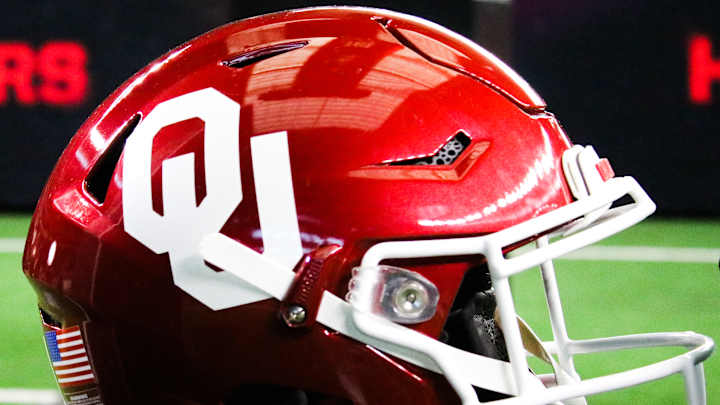Big 12 Revenue 'Still Third' Among Power 5 Conferences But 'Not Light Years' Behind

IRVING, TX — When the Big 12 Conference announced a record revenue distribution Friday of nearly $43 million per school, comparisons to the Southeastern Conference and the Big Ten Conference immediately popped up.
The Big 12 is still well behind those two titans — but not as far behind as everyone figured.
When data analysis firm Navigate released its 2022 conference revenue projections in March, it had the Big 12 at $40.6 million, while the Big Ten was forecast at $57.2 million and the SEC at $54.3 million. The Pac-12 was projected at $34.4 million per school, while the ACC was at $30.9 million.
“We’ve been third in distribution,” Big 12 commissioner Bob Bowlsby said, “and I think we’ll stay there for the foreseeable future. TV rights are only worth what anybody is willing to pay for them.”
Bowlsby and Big 12 board chairman Lawrence Schovanec gave a press briefing Friday to sum up the league’s last three days and projected a promising future.
Constant fluctuations in subscription numbers and digital options such as streaming or apps affect the ability to project accurately. Linear distribution — over the air TV or cable/satellite — continues to dwindle as services like Hulu and Amazon make inroads in the live sports market.
“There’s a lot of speculation out there on what the new Big Ten package will be,” Bowlsby said. “The SEC’s package is pretty well baked at this point once the new ESPN package kicks in for that 2:30 Central Time window for football. So there’s some unknowns still. But they’re both distributing more than we are, but we’re not light years difference.
“It’s too early to forecast whether the next rounds of negotiations are gonna be a lot more or a little more or are gonna be flat. It’s gonna be a matter of what the appetite is at that point in time. But the BIg Ten and the SEC, by virtue of their networks, mostly, is that they’re doing well. The other side of that, however, is all linear programming and subscriptions are declining. And so are the subscribers for the SEC Network and the Big Ten Network and anybody else who has a network. Those numbers are continuing to decline.”
In the Big 12, those numbers would figure to decline even more when Oklahoma and Texas leave for the SEC.
“Intuitively, you say there’s two bell cows that have left and they’re going to take some value with them,” Bowlsby said. “We’re also gonna have more inventory as a result of having 12 teams rather than 10. And we’ve added good quality and good markets with recruiting opportunity. So I’m not prepared to say we’re gonna have 50 percent of our value undermined. I don’t think that’s gonna be the case.”
That’s what Bowlsby told the Texas State Legislature last year after the OU-Texas announcement broke. With the TV income at $28 million, he said the Sooners and Longhorns would take $14 million of that with them to the SEC. That figure was later amended to $5 million.
The bottom line is it’s difficult to project and impossible to know.
In 2018-19 — the last time the Big 12 had spring meetings in-person before this week’s three-day session at the Four Seasons Resort and Club — the Big 12 reported $388 million in revenue, which marked an increase 13 years in a row. That number dipped to $377 million in 2019-20, however, as the pandemic canceled the NCAA basketball tournament and all spring sports. In 2020-21, the Big 12 reported just $345 million in total revenue.
So regardless of when Oklahoma and Texas eventually leave for the SEC, things are looking up for the Big 12.
“We find ourselves in a very strong position today,” Schovanec said.
